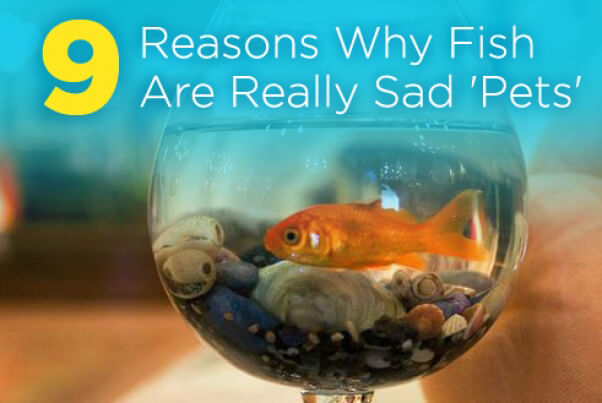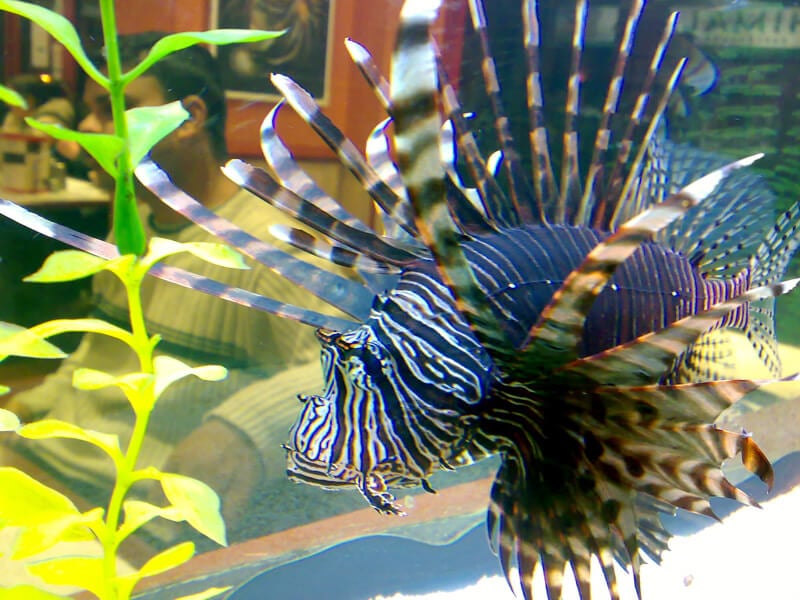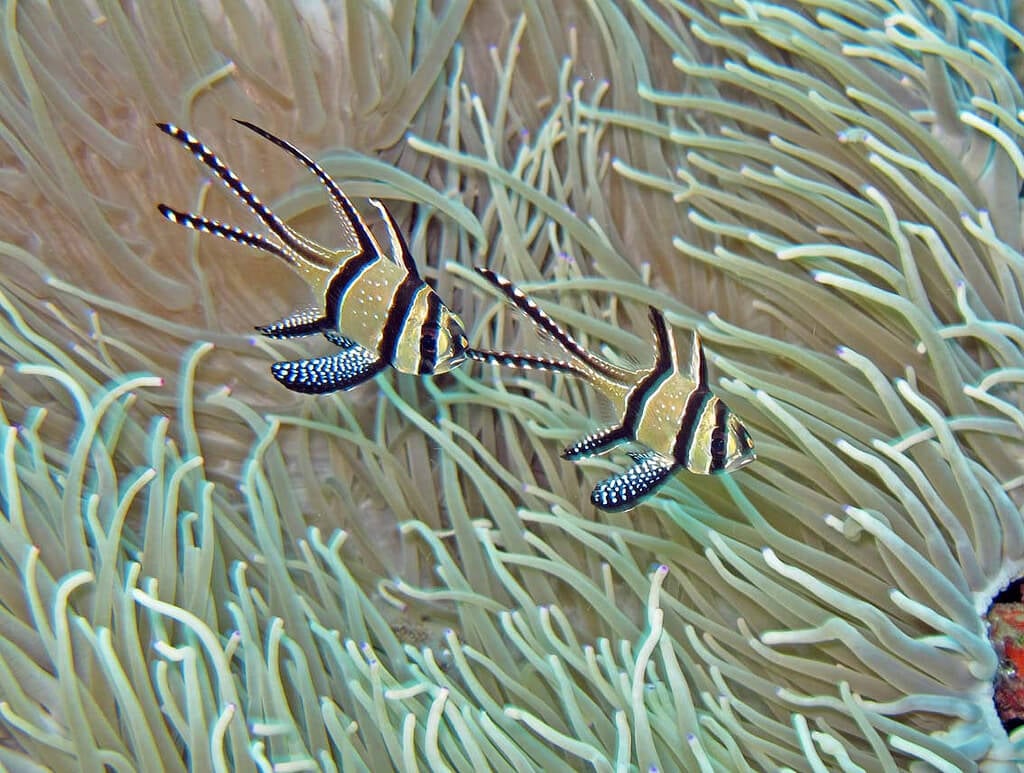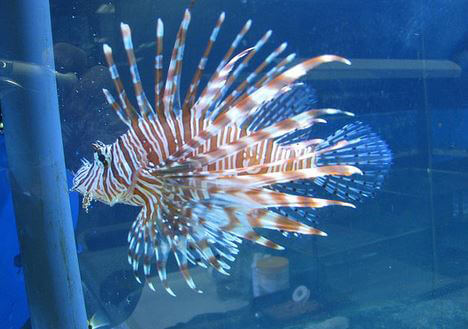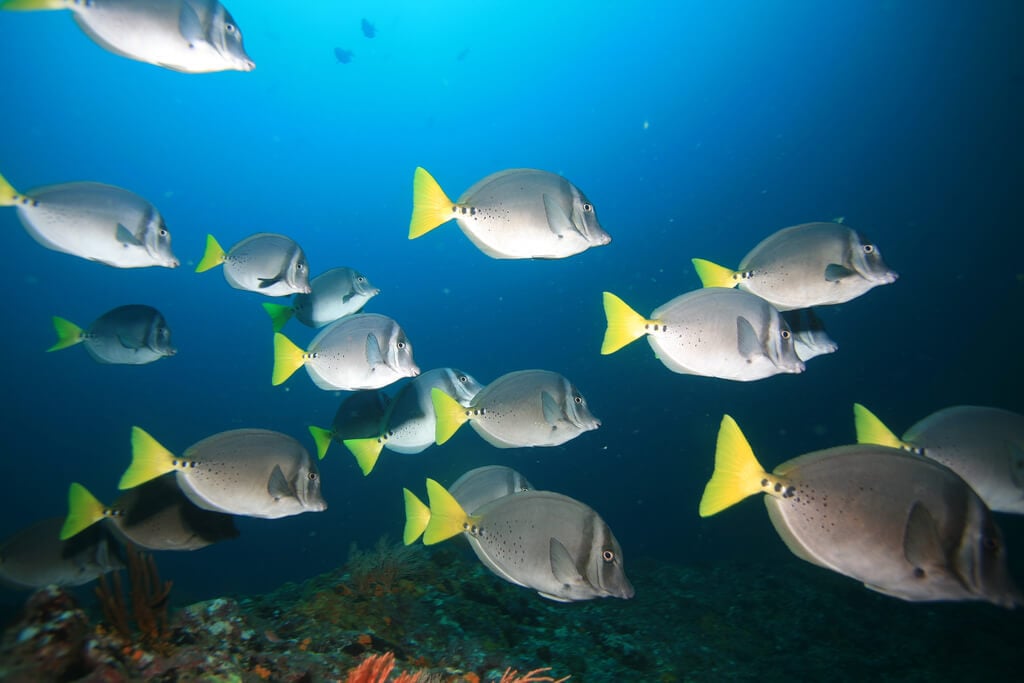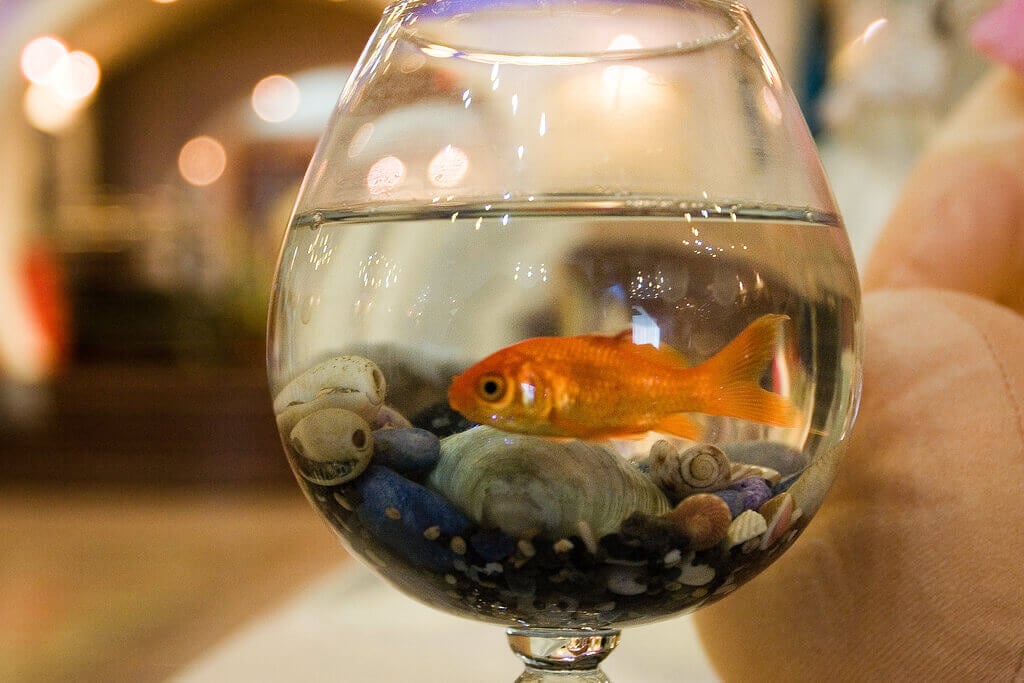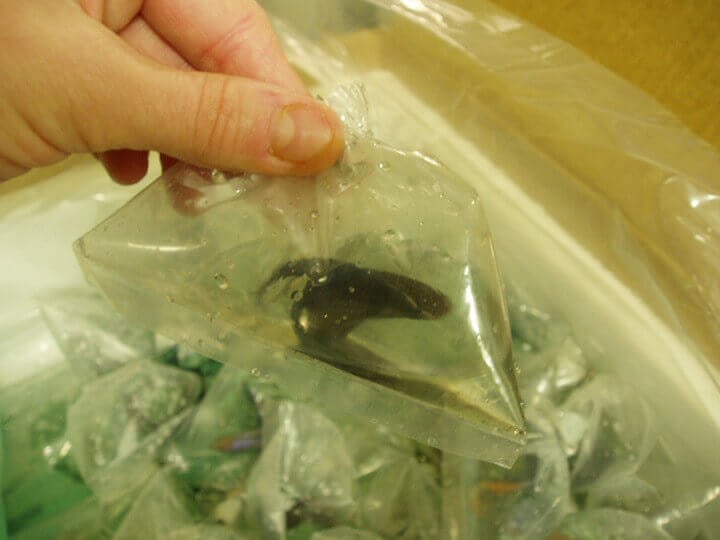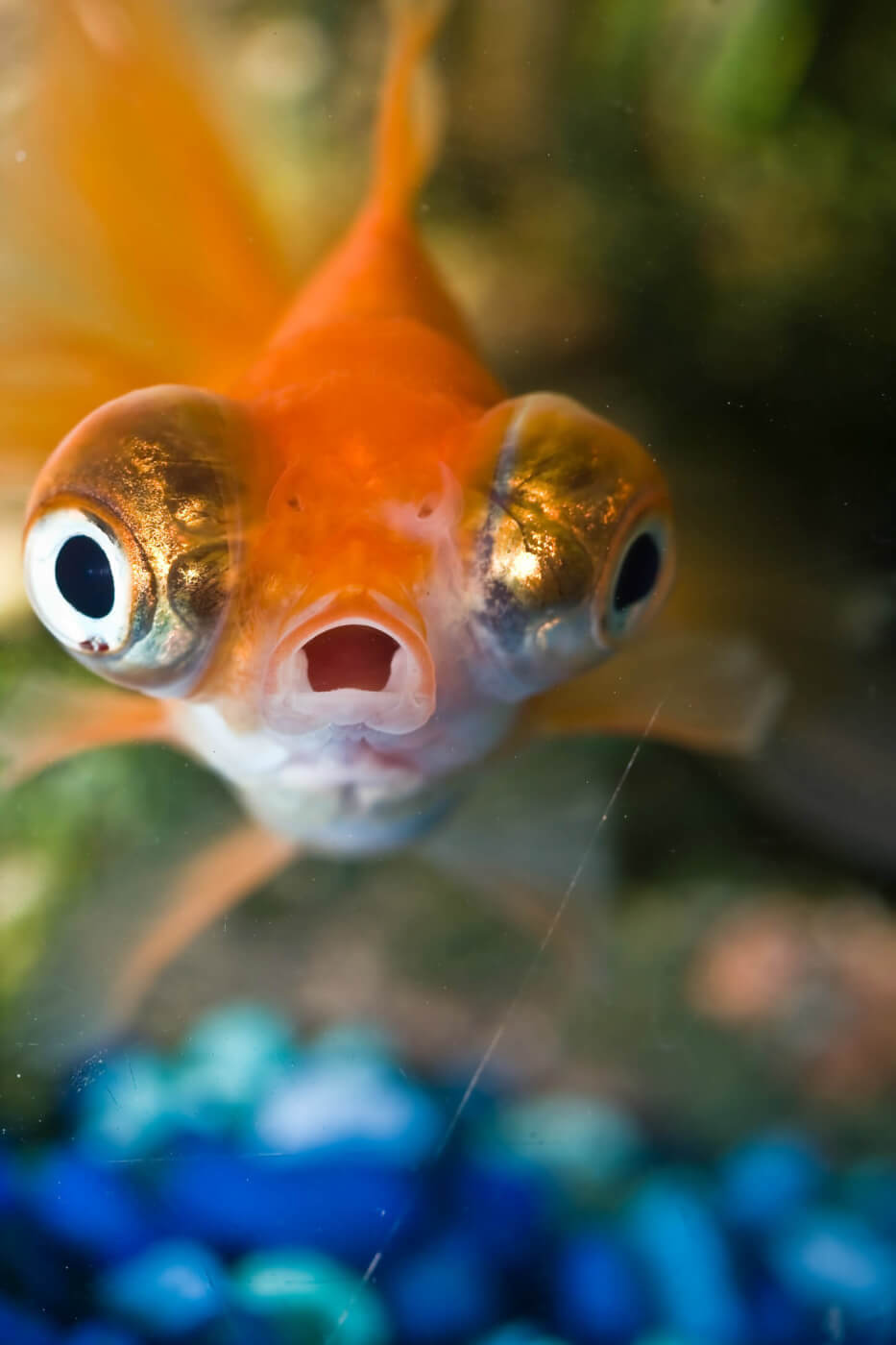When I was about 7 years old, I begged my parents to let me have a small aquarium in my room. They hemmed and hawed, but they finally gave in. Although I fed them on schedule and cleaned their tank regularly, all three of them died suddenly within a week of each other. I was devastated, and it dawned on me that I had no idea what a fish wants or needs. They’re animals who’ve figured out how to survive in the ocean for more than 500 million years! That’s a mind-boggling amount of time spent evolving and adapting to their habitat—a habitat that no tank can rival.
The following are some interesting facts about fish:
1. They are far more intelligent than they get credit for:
Researchers have found that fish recognize each other and gather information by eavesdropping. They’re capable of remembering past social interactions that they’ve had with other fish, and they show affection by rubbing against each other. Dr. Sylvia Earle—one of the world’s leading marine biologists—said,
“I wouldn’t deliberately eat a grouper any more than I’d eat a cocker spaniel. They’re so good-natured, so curious. You know, fish are sensitive, they have personalities, they hurt when they’re wounded.”
2. They feel pain:
Fish have complex nervous systems and react to painful stimuli the way all animals do—their breathing rate increases, their muscles contract, and they try to escape. Dr. Donald Broom, scientific adviser to the British government, states that anatomically, physiologically, and biologically, the nervous system (which interprets pain signals) in fish is virtually the same as in mammals. Joaquin Phoenix portrays a fish’s suffering in this powerful video that he created for PETA:
3. When you buy tropical fish, you could be contributing to the extinction of a species:
More than 20 million fish are captured every year to support a $300 million worldwide “hobby.” Some species, such as the Banggai cardinalfish, have become endangered because of overfishing—which is done to satisfy the aquarium industry.
4. Many “pet” fish were probably stolen from the wild:
An estimated 95 percent of saltwater fish sold in pet shops come from the wild—mostly from the waters around Fiji, Indonesia, the Philippines, and other Pacific islands.
5. They’re social animals who languish in small tanks:
Fish converse with one another through a range of low-frequency sounds to communicate courtship, alarm, or submission. A behavioral ecologist at the University of Bern in Switzerland, said, “Fish have some of the most complex social systems known. … You see fish helping each other. You see cooperation and forms of reciprocity.”
6. WE most likely evolved from the ancestors of modern-day fish:
Fish are the oldest group of vertebrates, and many of our human features—such as our hinged jaw—come from them. Fish were the first to have rudimentary teeth, skulls, and spinal cords approximately 550 million years ago!
7. When you buy a freshwater fish, you support a greedy industry:
Approximately 90 percent of these fish are raised on farms. Goldfish, for instance, are usually bred in giant tubs in facilities that produce as many as 250 million fish per year. Tropical fish sales are estimated at $200 million to $300 million a year worldwide.
8. Misconceptions about fish create poor and unfair conditions for them:
For example, many people believe that betta fish can survive without being fed regularly and without living in a “complete ecosystem.” Their tank might consist of nothing more than a vase and a plant, and so the fish are sentenced to dull, lonely lives and slow deaths by starvation. In nature, betta fish live in shallow, slow-moving streams and rice paddies—bettas in captivity require sizable aquariums (a minimum of 2.5 gallons per fish), and temperatures maintained between 76 and 82 degrees Fahrenheit. Read more about betta fish here.
9. Fish will surprise you:
There are some 30,000 species of fish, which is more than half of all known backboned animals. Some species of fish can fly while others can climb trees—and some are even able to change from male to female and back again.
What You Can Do to Help Fish
Please, never support companies such as PetSmart that put profit first—at the animals’ expense. Reputable local rescue groups and shelters often have fish who need new homes. If you or someone you know already has aquatic animals, please also check to make sure that the water temperature is constantly in the proper range for the animal during winter months. Furthermore, those who are kept in captivity require a sizable amount of water, climate control and filtration, regular cleaning of aquariums, and ample enrichment. You can also make their lives easier by providing them with an environment that’s as much like their natural habitat as possible. Read more about these animals and how to care for fish who are currently in tanks.

